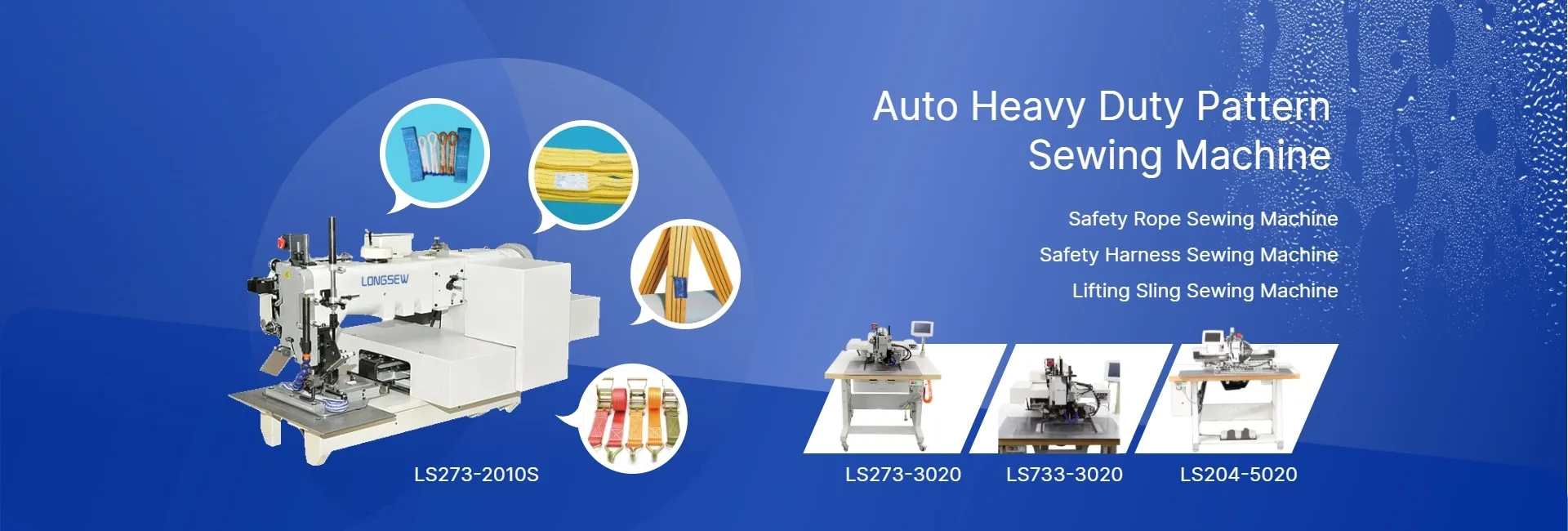sewing leather with a regular sewing machine
Sewing Leather with a Regular Sewing Machine A Comprehensive Guide
Sewing leather can seem intimidating for many, especially when considering the durability and thickness of the material. Many believe that specialized machines are necessary to handle leather, but with the right techniques and some adjustments, you can successfully sew leather using a regular sewing machine. This guide will provide you with essential tips, tricks, and insights to help you embark on your leather crafting journey.
Understanding Leather Types
Before diving into the sewing process, it's crucial to understand the various types of leather. Full-grain, top-grain, and suede are some of the commonly used types in sewing projects. Full-grain leather is the most durable, but it can be challenging to work with due to its thickness. Top-grain is slightly more manageable, while suede is generally softer and easier to sew. Knowing the characteristics of each type will help you choose the right leather for your project.
Preparing Your Sewing Machine
1. Needles and Thread Use a leather needle, which is specifically designed with a wedge-shaped point to penetrate the leather without tearing it. A size 90/14 or 100/16 leather needle is typically suitable for medium to heavy leather. For thread, opt for polyester or nylon, which offer strong seams. Make sure to use a heavier weight thread that matches the thickness of the leather.
2. Presser Foot A walking foot can be incredibly beneficial for sewing leather, as it helps to evenly feed the material through the machine, preventing slippage and bunching. If you don’t have a walking foot, a Teflon presser foot, designed to glide over sticky materials, can be a good alternative.
3. Tension Settings Adjust the upper thread tension slightly lower than usual. The thicker leather may require less tension to create a smooth stitch without puckering. Be sure to test on scrap pieces of leather to get the tension just right.
Techniques for Sewing Leather
sewing leather with a regular sewing machine

1. Cutting Leather Use a rotary cutter or a sharp utility knife for clean, precise cuts. Leather scissors may also work, but they often require more effort. Always cut on a self-healing mat to protect your work surface.
2. Pinning and Clipping Traditional pins can leave holes in leather, so consider using clips designed for fabric or double-sided tape to hold your pieces together before sewing. This method avoids damaging the leather while ensuring pieces stay aligned.
3. Seam Allowances When sewing leather, aim for a seam allowance of about 1/4 inch. This is generally a safe width, allowing enough margin for mistakes while maintaining the integrity of the material.
4. Stitching Use a straight stitch for most projects, but consider using a zig-zag stitch for added flexibility in seams. Always sew with a slower speed to maintain control, especially when navigating curves and corners.
Finishing Touches
Once your project is stitched together, you can finish the edges by trimming any excess leather and sealing the raw edges with an edge finish product. This not only prevents fraying but also gives your project a polished look.
Conclusion
Sewing leather with a regular sewing machine is an accessible skill that can lead to beautiful, handcrafted items. With the right tools, settings, and techniques, you can create everything from wallets to bags to jackets. So gather your materials, set up your machine, and let your creativity shine through as you explore the world of leather crafting. Happy sewing!
-
Boost Production Efficiency with a Pattern Sewing MachineNewsAug.29,2025
-
Industrial Excellence with the Best Heavy Duty Sewing MachineNewsAug.29,2025
-
Precision and Power with the Best Pattern Sewing MachineNewsAug.29,2025
-
Reliable Bulk Packaging Starts With the Right FIBC Sewing MachineNewsAug.29,2025
-
Advanced Packaging Solutions: Elevate Productivity with Jumbo Bag Sewing Machine and Industrial Stitching EquipmentNewsAug.29,2025
-
High-Performance Solutions for Bulk Packaging: FIBC Sewing Machine and MoreNewsAug.29,2025
-
Maximize Efficiency with an Industrial Cylinder Arm Sewing MachineNewsAug.28,2025


























